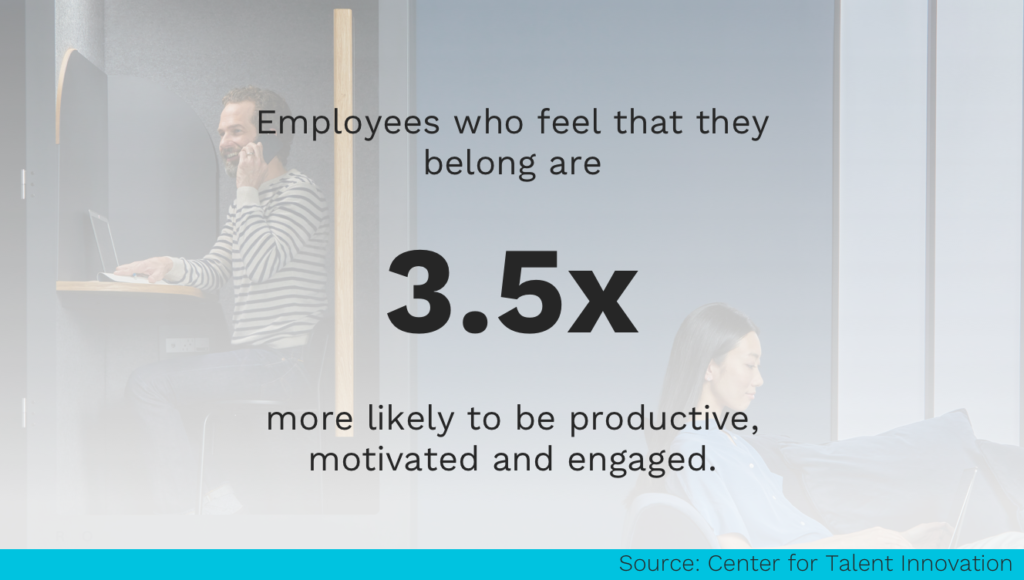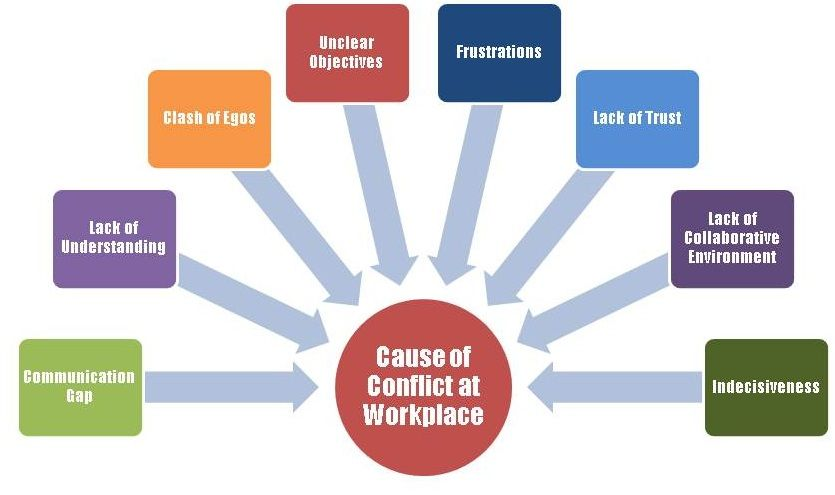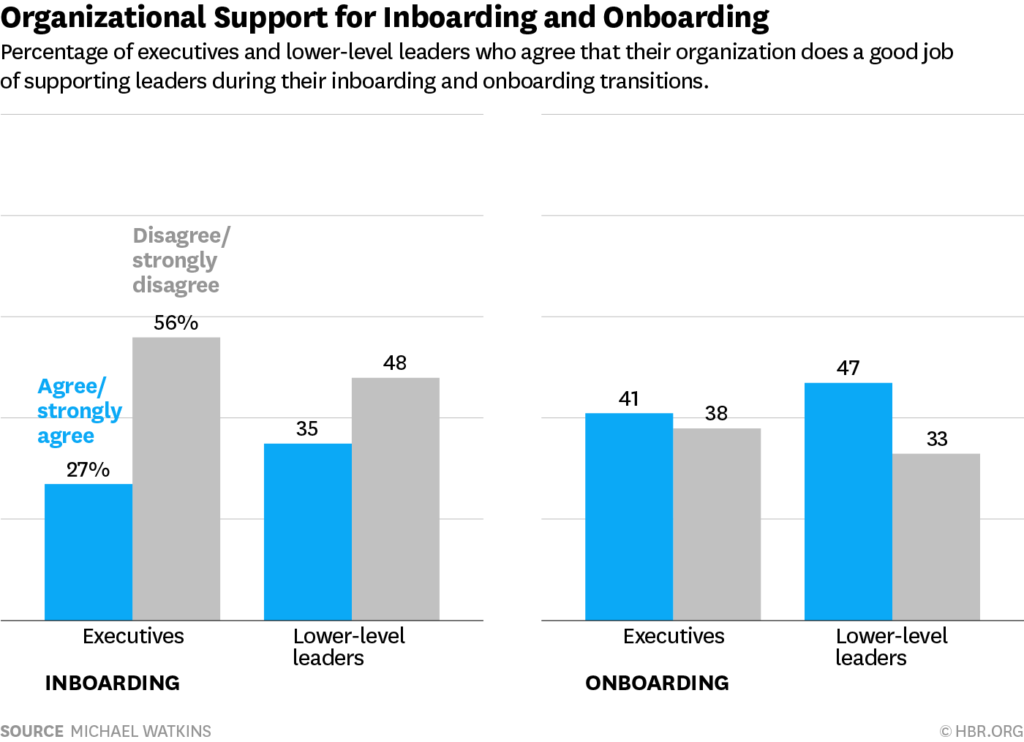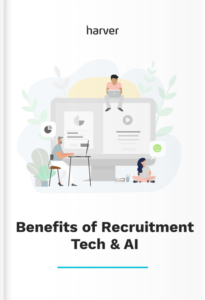Guest post by Christine Soeun Choi
For most of the workweek, your employees will show up, do their job, and leave. They will meet their deadlines, participate in mandatory meetings, and won’t complain directly to you – but it is unlikely that you will understand exactly how they feel or what they think. If you aren’t carefully working with your team members, they could feel disengaged, frustrated, and alone, leaving you without a clue.
This is where employee inboarding comes in. Communicating valuable skills and information doesn’t stop with the hiring and onboarding process, it is an essential part of building up the morale and productivity of your team members.
If you are not familiar with the concept of inboarding, keep reading. You may discover holes in your inboarding systems that are reducing revenue and leaving your team disengaged and isolated.
What’s in?
Like what you see?
Don’t miss out. Subscribe to our quarterly digest to get the latest TA and TM resources delivered right to your inbox.
What is inboarding and what does it entail?
Inboarding is the process of training and educating employees on the various processes and opportunities within an organization. Essentially, if onboarding helps new employees get the lay of the land, then inboarding is continued education for existing staff members.
Inboarding covers a variety of subjects, from internal HR opportunities that benefit team members to specific skills that can help teams work more efficiently. Inboarding also serves as an umbrella above multiple labels, including cross-training, upskilling, employee communication, program awareness, retraining, reviewing, and new program introduction. All of these facets are part of inboarding.
Because inboarding is so broad, almost every employee will need inboarding at some point in their careers. Any time an employee is trained on a new process or sent to learn in another department, they are practicing inboarding.
Despite the broad definition of this term, few employers actively know what it is. However, once you can identify inboarding practices (along with other opportunities for further the knowledge of your staff), you can apply them to your team, department, and organization.
Why is inboarding just as important as onboarding?
You may not realize it at first, but inboarding affects every aspect of your workplace. Seasoned employees who have worked for you for years need communication, training, and education just as much as new hires. The following reasons explain why inboarding is important to your employees, while also exploring how your overall organization and profits benefit from its investment.
1. Helping employees become more engaged and productive
Inboarding allows you to invest in your employees. It shows that you care about their well-being and their career goals. Small acts of acknowledgment, training, and information providing can pay off, improving the morale and engagement in your staff.
According to LinkedIn’s 2019 Workforce Learning Report, 94% of employees say they would stay at a company if their employer invested in their ability to learn. In particular, Gen Z and Millennial workers both highly value professional growth within a company and will leave if there are no opportunities to learn and advance. These are the future workers and leaders in your organization. They are the trendsetters for what successful workplaces will look like in the next few decades. That’s why it’s crucial to give them development opportunities now to prepare for what’s to come.
Providing learning experiences can also help your company’s bottom line. Simply put, investing in your staff means they will turn around and invest in you. Studies have found that inspired employees are nearly twice as productive as disengaged or disconnected workers.
Meanwhile, most companies will lose up to 25% of their productive power because of organizational drag – include slow processes, wasted time, and a lack of innovation. When you have staff members who are trained to do their best and encouraged to apply their skills for improvement, your company can thrive and overcome whatever roadblocks are ahead.

Inboarding enhances the feeling of belonging and inclusion in your employees, strengthening their motivation and engagement.
2. Increasing employee retention
The costs of employee turnover can creep up on companies. Experts estimate that it costs about six to nine months’ salary to replace an employee and roughly 3.6% of employees quit their jobs each month. This means that if you have six employees quit this month, and they earn $50,000 annually on average, then you could stand to pay $270,000 in lost productivity, recruitment, interviewing, relocation, salary adjustment, and onboarding costs.
If this number seems high, remember that your team as a whole will lose productivity as they cover for the vacant position, and the average employee takes three months to a year (depending on the position) to become fully onboarded to the work they do. This adds up.
Conversely, inboarding reduces employee turnover. As we discussed earlier, employees become more productive and engaged when they have new skills. They are more inclined to stay with your organization, reducing turnover and saving your company money.
Inboarding also reduces overall turnover costs by hiring from within. When an employee leaves, they take institutional knowledge with them. Promoting internally means employees with existing institutional knowledge are able to step in and fill the gap.
Plus, internal hiring means companies are able to focus their external hires and job posting on lower-level positions, which are easier to fill and take less time to onboard. (It is easy to find entry-level positions and employees with lower salary requirements than to find your next VP.) As a result, your company functions better and is able to increase its revenue in the long run.

In total, 70% of internal hires think transitions into new roles within a company are at least as hard as joining a new company.
3. Improving day-to-day operations
While it is tempting to think about your organization exclusively in macro terms, with employee turnover costing you months in revenue and productivity, inboarding also benefits your organization on a micro level.
Think about all of the times employees are out of the office. They need to leave early because of a sick child, they have dentist appointments, they attend conferences, they use vacation days. During this time, their work slows down and less gets done. Plus, when these employees return, they lose even more time catching up on what they missed.
Cross-training, an important part of inboarding, can help with that. Employees need to know what their peers do if they hope to advance and manage them. This collective knowledge increases collaboration opportunities and respect within teams.
Cross-training also helps when employees are out of the office. If a team member is out for the day, their coworkers can step in, taking over their responsibilities. They can pick the tasks that take up time throughout the day so there is less stress for when the employee returns. Less productivity is lost, teams are less stressed, and companies are less dependent on a handful of strong workers.
If you feel like you (or one of your team members) can’t take a vacation without checking in several times per day, then your company needs inboarding and processes to upskill teams.
How AI & recruitment technology is changing recruiting experience
Find out how tech has helped other companies grow by enhancing both the recruiters’ and candidates’ experience!
4. Preventing inequality leading to conflict in the workplace
Conflict, to a certain extent, is a good thing in the workplace. It allows employees to challenge each other’s ideas so they perform at their best and helps people better understand the root of their differences. However, conflict can become toxic – and it often does.
One of the biggest sources of toxic conflict is inequality. Employees feel resentful of their peers because they earn more, are praised more, or seemingly receive more opportunities. This results in what Australian society has called “tall poppy syndrome,” where employees want to tear down their successful coworkers. A toxic work culture can hurt your “tall poppies” or hard-working overachievers, who feel like they are attacked or isolated because of their success.
As a result, they work less hard or come up with fewer ideas in order to be accepted. It is no different than the smart kid in grade school pretending to seem dumb so they would seem cool and wouldn’t ruin the curve for the rest of the class.
Inboarding is one step companies can take to invest in equality. It presents a culture of constant growth. Every employee is encouraged to invest in themselves and advance, rather than maintain the status quo. Other employees have a chance to catch up with the “tall poppies,” leveling the playing field and encouraging high-achievers to push themselves even higher.
Naturally, inboarding isn’t a perfect solution for a toxic culture riddled with conflict; however, it allows managers to provide training and growth opportunities equally, so all employees have a chance to shine.

Although inboarding isn’t a universal solution to workplace conflict, it can certainly help bridge communication gaps, enhance collaboration and empower people to take ownership of their personal development.
5. Ensuring smooth transitions
It is okay if you don’t have an inboarding plan and process right now. However, as you invest in proper inboarding and work to create training materials and plans for your staff, implement plans that you can replicate and improve upon with each employee.
In an article on LinkedIn, CEO Hillary Feder shared the story of an employee who was promoted within a company. He reached out to management and HR about training his replacement and taking steps to move into his new role. The employee was promptly ignored. No infrastructure existed and the team didn’t consider his plan in the transition process. The result was a stressful and frustrating transition for both parties. This is where inboarding could have helped.
Inboarding creates a plan for internal promotion. For example, inboarding materials will include lists of what each employee’s job description and day-to-day tasks are (lists that are regularly updated), plans for transitioning to higher levels, goals that employees need to reach in order to advance, and processes for bringing in employees to fill various positions. This way it doesn’t matter who is promoted and who is filling in, every movement within an organization has a plan.
Had the company in the LinkedIn article had an inboarding plan, the promoted employee would likely have had a six-month transition period where they moved him up while he trained the next person.

Leaders need support in their transitions to other positions, but 56% of executives disagree on their company doing a good job with inboarding.
Any company can invest in employee inboarding
Employee inboarding doesn’t need to be a luxury. Some companies feel like they don’t have the budget or resources to invest in internal cross-training, upskilling, or educational programs. However, there are numerous budget resources for companies and managers to help their teams grow, whether it is online courses or internal knowledge sessions.
Additionally, if your HR team is spending too much time handling benefits paperwork and swimming in taxes, they may need an intervention anyway. Instead of handling these time-consuming tasks manually, more HR teams are turning to professional employer organizations (PEOs). These groups handle complex HR tasks like benefits management, which frees up time for your human resource professionals to work with your internal staff. You can use this extra time to develop inboarding strategies and plans for specific team members.
Don’t wait for your employee turnover rates to spike and your current team members to become disengaged to start investing in inboarding. Consider how you communicate with your employees and develop a strategy to share skills, information, and opportunities with the people who walk through your doors every day.
| About the Author: Christine Soeun Choi is a digital marketing associate at Fit Small Business. Currently based in NYC, she has a background in business studies and math with a passion for business development. Outside of work, Christine enjoys traveling and exploring art. |
How AI & recruitment technology is changing recruiting experience
Find out how tech has helped other companies grow by enhancing both the recruiters’ and candidates’ experience!



